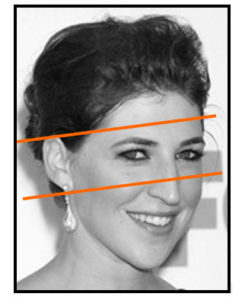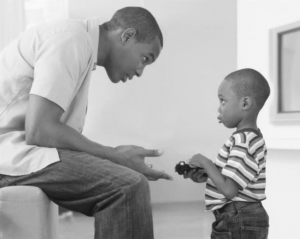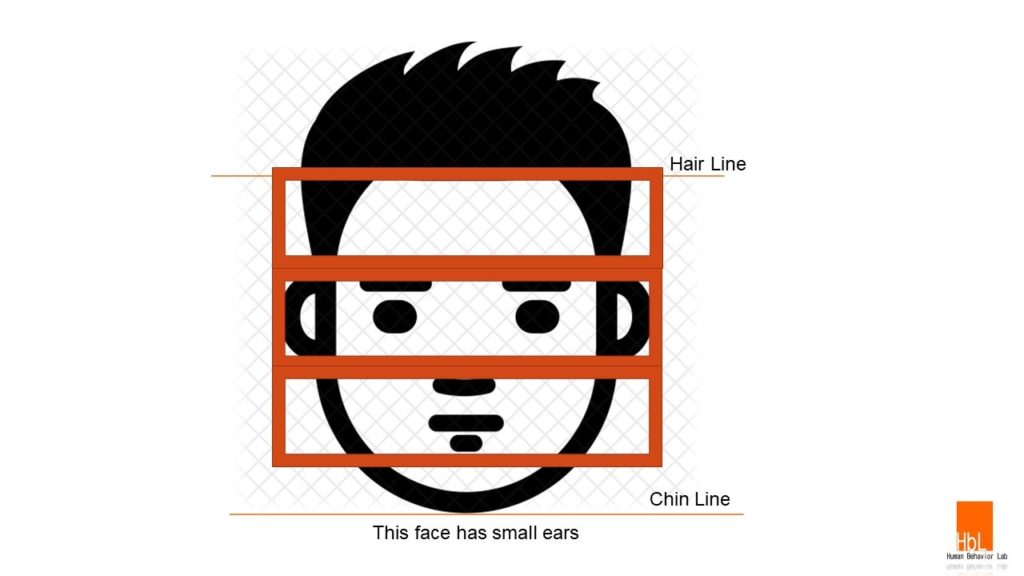Small Ears
FACE READING
How They Interact In Love-Work-Team Building-Kids And Everyday Life.
2* free class. Check every FRIDAY for new ways to better communicate

A few weeks ago, I wrote an article about a bad sales experience I had with a company. In this article I enumerated my own features. The intake, the way I incorporate information, is visual. Why? Well, I have small ears.
How do you know when the ears are small or big? This article is an initiation for Physiognomy and explains how to measure and read features.
Now to the juice—how people with small ears need information.
SHOW ME. A small-eared person gets bored easily; if you give them more than 20 seconds without a visual, they’re out. Utilize a graph, table, or even a video to illustrate your product/service or make a list. Seeing the words is more effective than only listening. We don’t rely on what we hear, we are visually and experientially oriented.

Visual personality—Small ears. Priming by words
NLP or Neuro Linguistic develop a list of words to lock concepts, ideas, and what is called Priming with people with small ears.
The term priming has been the focus of research for years. I know we have some people with pointy eyebrows in the audience who love academic and research data, so if you want to read more about PRIMING, please check out “What have we been priming all these years? On the development, mechanisms, and ecology of nonconscious social behavior”, by John A. Bargh, 2006, Yale University and pioneer in this field.”

Visual people—they need to see to memorize, they get less distracted by noises or music, and they can work easily in a noisy environment. They need to write apt and information to remember.
They get bored with long explanations without visual stimulus. They are naturally curious.
Three words you can use to prime small-eared people or words they will use if they are visuals: See, look, image.

*****
Small Ears Communication In Different Scenarios
• How to communicate with a small-eared customer to close a SALE: Be sure to show them information, products, and a well-documented presentation.

• How to communicate with small-eared KIDS and ADOLESCENTS: These kids need to see. If you need them to do something they will be better if they see what needs to be done.

• How to communicate with a small-eared LOVE PARTNER: If you are planning a vacation, for example, it will be better to show them the place, the amenities and the possibilities of places to go, than simply telling them.

• How to communicate with a small-eared HR representative on a job interview: Make your presentation visual, bring PowerPoints, reference letters, and charts with numbers to visualize your accomplishments.

• How to communicate with a small-eared TEAM MEMBER: Do not expend too much time talking about a subject. Show the jobs that need to be done, give examples, and go over the steps well in order for this person to take notes.

Send me an email with questions and ideas for articles, I LOVE to hear your input. XoXo Susan- susan@humanbehaviorlab.com
This is part of a weekly series of articles about Physiognomy, Statement Analysis, Micro Expressions, Body language, and Behavior and is an extract of the training we offer for institutions and the private sector.For media inquiries & bookings call 708-374-7449


